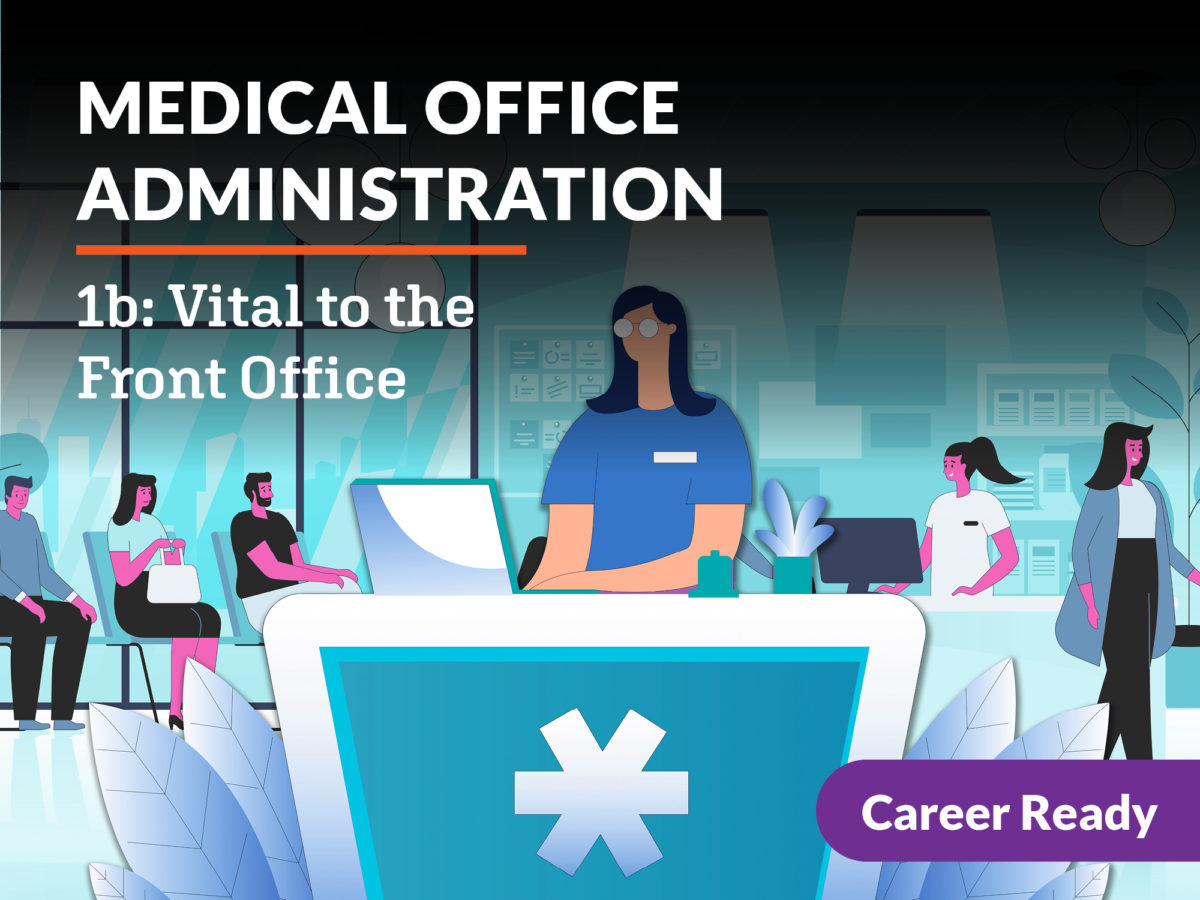Why Medical Administration is Important for Smooth Health Care Workflow
Why Medical Administration is Important for Smooth Health Care Workflow
Blog Article
Ideal Practices in Medical Administration for Improving Efficiency and Reducing Expenses
In the ever-evolving landscape of healthcare, the quest of best practices in clinical administration is vital for improving efficiency and suppressing expenditures. By incorporating innovative innovations such as electronic health and wellness records and telemedicine, health care companies can improve procedures and improve individual treatment. Modern technology alone is not a cure all; maximizing source appropriation and promoting collective interaction among care groups are similarly crucial. As organizations strive to stabilize high quality and expense, what methods should be focused on to attain these twin goals? The solution to these inquiries hold the trick to a much more sustainable health care system.
Leveraging Advanced Technology
In today's swiftly advancing health care landscape, leveraging innovative technology is no longer optional yet vital for effective medical management. The combination of digital options into medical care systems has actually transformed the means facilities run, simplifying processes and improving client treatment. Electronic Wellness Records (EHRs) are crucial, supplying thorough patient information that can be accessed instantaneously by authorized workers, thus decreasing redundancy and decreasing errors. By centralizing patient info, EHRs eliminate the demand for cumbersome documentation and help with smooth interaction among medical care providers.
Telemedicine is an additional technical development that has transformed client communication. It supplies ease for both people and health care specialists by enabling remote appointments, which can lower the need for in-person brows through and enhance visit organizing. In addition, telehealth platforms can expand healthcare access to country or underserved locations, linking spaces in treatment delivery.
Additionally, using Expert system (AI) and artificial intelligence is becoming increasingly widespread in anticipating analytics, permitting early discovery of prospective health and wellness issues and even more educated decision-making. These modern technologies, when integrated efficiently, can enhance analysis accuracy and personalize client treatment plans, eventually bring about boosted medical care outcomes and operational effectiveness.
Optimizing Resource Allocation
Reliable source appropriation is critical for making best use of the efficiency of clinical management. By strategically handling sources such as personnel, devices, and funds, healthcare facilities can substantially improve their operational performance, improve patient end results, and lower unnecessary expenditures. The very first step in optimizing source allotment involves carrying out a detailed evaluation of present properties and recognizing locations where sources might be underutilized or exhausted. This evaluation ought to be data-driven, utilizing metrics and analytics to notify decision-making procedures.
Prioritizing resource allowance based upon person requirements and service needs is important. This entails aligning sources with high-demand locations, such as emergency situation care or specialized treatments, to ensure timely and efficient person treatment. Executing versatile staffing models can also enhance labor resources by readjusting personnel allowance in reaction to varying patient volumes. Additionally, embracing telemedicine and various other technological solutions can alleviate physical source restrictions by providing alternate methods for patient-provider communications.
Funds ought to be carefully kept an eye on and assigned with tactical insight to support both short-term functional needs and lasting institutional objectives. This consists of investing in training programs that boost staff proficiencies and embracing energy-efficient practices that reduce functional prices (medical administration). Eventually, an optimized resource allotment strategy cultivates a lasting healthcare environment that is responsive, reliable, and monetarily prudent
Streamlining Operations Procedures
When healthcare centers goal to boost functional efficiency, improving process processes ends up being a critical focus. Efficient workflows lessen redundancy, get rid of unnecessary actions, and enhance coordination among medical care experts. This method not only speeds up service delivery however additionally enhances the high quality of patient treatment.

Following, modern technology integration plays a significant duty in simplifying process. Executing electronic wellness records (EHRs) and computerized physician order entry (CPOE) systems decreases documentation, reduces human mistake, and makes certain info comes to all pertinent personnel. Furthermore, leveraging telemedicine platforms can improve patient examinations and follow-ups, decreasing the stress on physical framework.

Ultimately, structured operations bring about cost reductions and enhanced client complete satisfaction, promoting a much more lasting healthcare setting.
Enhancing Data Management
Structure upon streamlined operations, enhancing information monitoring comes to be an important component ahead of time healthcare management. Efficient information administration systems are vital for preserving precise client records, improving decision-making, and making sure compliance with regulatory requirements. By applying durable information administration remedies, health care facilities can boost the high quality of patient care while at the same time reducing operational prices.
One trick facet of improving data monitoring is the combination of innovative digital health document (EHR) systems. These systems help with the seamless exchange of client information across various departments, lowering replication of examinations and reducing errors. A well-designed EHR system supports information analytics, enabling health care carriers to determine fads and make educated decisions relating to individual care.
Furthermore, safeguarding person data is extremely important. Embracing extensive cybersecurity procedures, consisting of security and regular audits, makes certain the stability and confidentiality of delicate information. This not only protects people however additionally maintains the organization's track record.
Spending in staff training is one more vital aspect. Educating medical care experts on data administration methods boosts their capability to successfully utilize modern technology, bring about improved person end results. Finally, improving data management with advanced technology and extensive training is essential for attaining effectiveness and expense decrease in medical management.
Fostering Collaborative Interaction
A critical component ahead of time medical administration is cultivating collaborative interaction among medical i thought about this care professionals. Effective communication is critical for making certain smooth person care, enhancing treatment end results, and decreasing mistakes. By urging open discussion and control across multidisciplinary groups, health care organizations can boost their functional efficiency and reduce unneeded costs.
Central to this approach is the combination of communication modern technologies such as electronic wellness documents (EHRs) and safe and secure messaging platforms, which facilitate the fast exchange of important click client details. These tools enable healthcare providers to gain access to and share data in actual time, making sure that all staff member are informed and aligned in their decision-making procedures. Routine group meetings and interdisciplinary rounds can even more promote a society of collaboration and responsibility.
Training programs concentrated on enhancing communication skills are also crucial. Ultimately, fostering collaborative communication leads to boosted health care shipment and cost savings.

Verdict
Including innovative modern technology, such as electronic health and wellness records and telemedicine, together with maximized resource allowance and structured process processes, is vital for enhancing performance in clinical administration. Efficient information administration and cultivating collaborative communication among health care groups are crucial for reducing redundancies and enhancing care quality. By prioritizing preventive treatment and taking part in top quality enhancement initiatives, health care companies can accomplish significant expense financial savings and improved client outcomes, therefore guaranteeing sustainable health care distribution in an increasingly complex environment.
Report this page